How Can We Help You?
Find answers and solutions for your Penleus device
Frequently Asked Questions
Quick answers to common questions about our products and services
View FAQsGet help with your Penleus device. Browse our FAQs, troubleshooting guides, and contact our support team.
Find answers and solutions for your Penleus device
Quick answers to common questions about our products and services
View FAQsFind answers to common questions about Penleus devices
A hardware wallet is a physical device designed to securely store the private keys needed to access and manage your cryptocurrency assets. Unlike software wallets or exchange accounts, hardware wallets keep your private keys offline (also known as "cold storage"), significantly reducing the risk of unauthorized access, hacking, or theft.
Penleus hardware wallets use specialized secure elements to protect your private keys, ensuring they never leave the device even when connected to a potentially compromised computer or smartphone.
Hardware wallets offer several key advantages over software wallets:
Software wallets, while convenient, store your private keys on internet-connected devices, making them more vulnerable to various attack vectors.
Penleus devices support a wide range of cryptocurrencies, with the exact number varying by model. Our entry-level Penleus Mini supports over 500 major cryptocurrencies, while our premium Penleus Elite supports over 1,800 cryptocurrencies and tokens.
All our devices support major cryptocurrencies including:
We regularly update our firmware to add support for new cryptocurrencies and tokens. For a complete and up-to-date list of supported cryptocurrencies for each model, please visit our product pages.
Penleus hardware wallets implement multiple layers of security to protect your cryptocurrency assets:
Additionally, our devices undergo regular security audits by independent security firms to verify their resistance to various attack vectors.
Setting up your Penleus device is straightforward:
Detailed setup guides with screenshots are available for each model in our Product Guides section. We also provide video tutorials on our YouTube channel.
A recovery phrase (also known as a seed phrase or backup phrase) is a series of 12, 18, or 24 words that serves as a backup for all the private keys stored on your device. If your Penleus device is lost, damaged, or stolen, you can use this recovery phrase to restore all your cryptocurrency accounts on a new device.
Critical safety tips for protecting your recovery phrase:
Remember: Anyone who has access to your recovery phrase has full access to all cryptocurrencies associated with it. Protecting this phrase is the most important aspect of using a hardware wallet.
Keeping your device firmware updated is important for security and functionality. To update your Penleus device firmware:
Important: Before updating, ensure your recovery phrase is securely backed up. Although rare, if the update process is interrupted, you may need to restore your device using your recovery phrase.
We release firmware updates quarterly or as needed to add new features, support additional cryptocurrencies, and address security vulnerabilities.
If your Penleus device isn't being recognized by your computer, try these troubleshooting steps in order:
If none of these solutions work, please contact our support team with details about your device model, computer operating system, and the steps you've already tried.
If you've forgotten your PIN code, you'll need to reset your device and restore it using your recovery phrase:
Important: This process will only work if you have your recovery phrase. Without your recovery phrase, there is no way to recover access to your cryptocurrencies. This is an intentional security feature to prevent unauthorized access.
We strongly recommend practicing the recovery process when you first set up your device to ensure you can successfully restore your wallet if needed.
Transaction confirmation times vary by cryptocurrency network and are not controlled by your Penleus device. If your transaction has been pending for an extended period, consider these possible causes and solutions:
For Bitcoin and similar cryptocurrencies:
For Ethereum and ERC-20 tokens:
General solutions:
For specific assistance with transaction issues, please contact our support team with your device model, cryptocurrency, and transaction details.
Comprehensive documentation for setting up and using your Penleus device
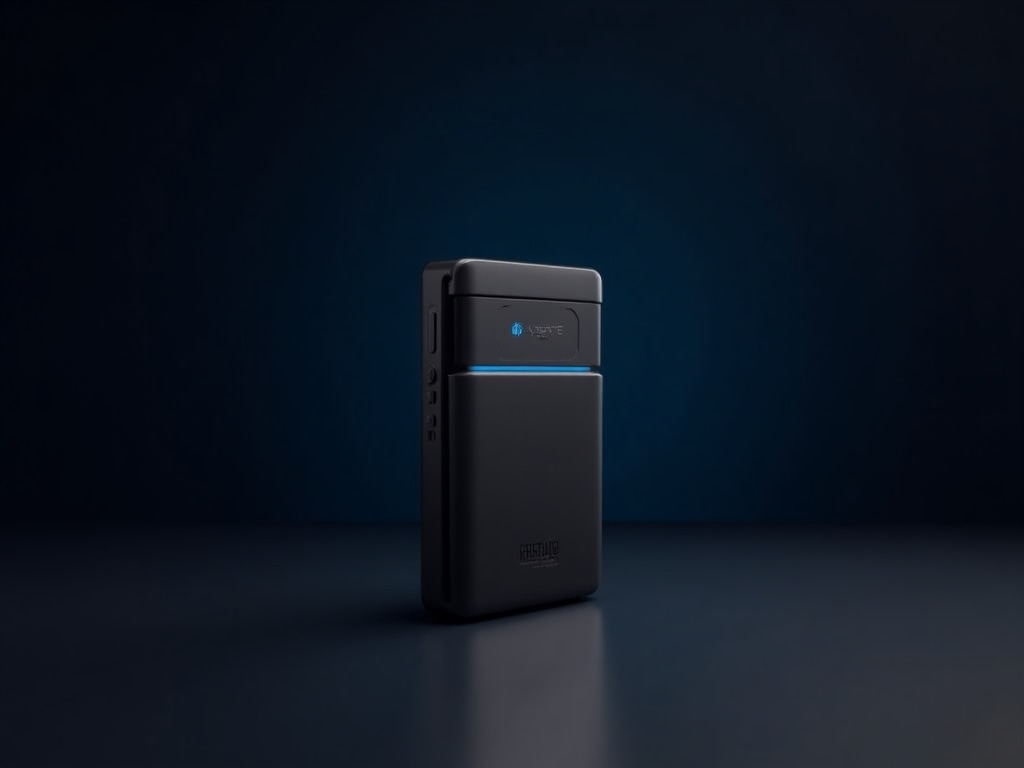
Step-by-step instructions for setting up your Penleus device for the first time, creating a wallet, and securing your recovery phrase.
Read Guide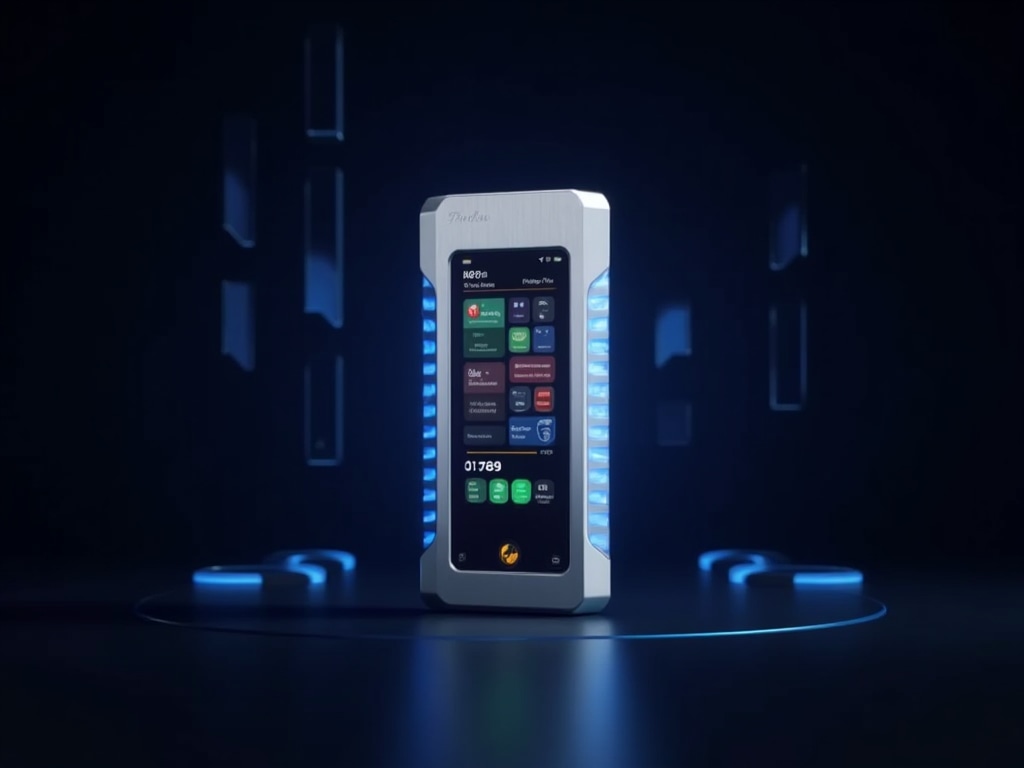
Learn how to send, receive, and manage multiple cryptocurrencies on your Penleus device, including advanced features like staking and DeFi integration.
Read Guide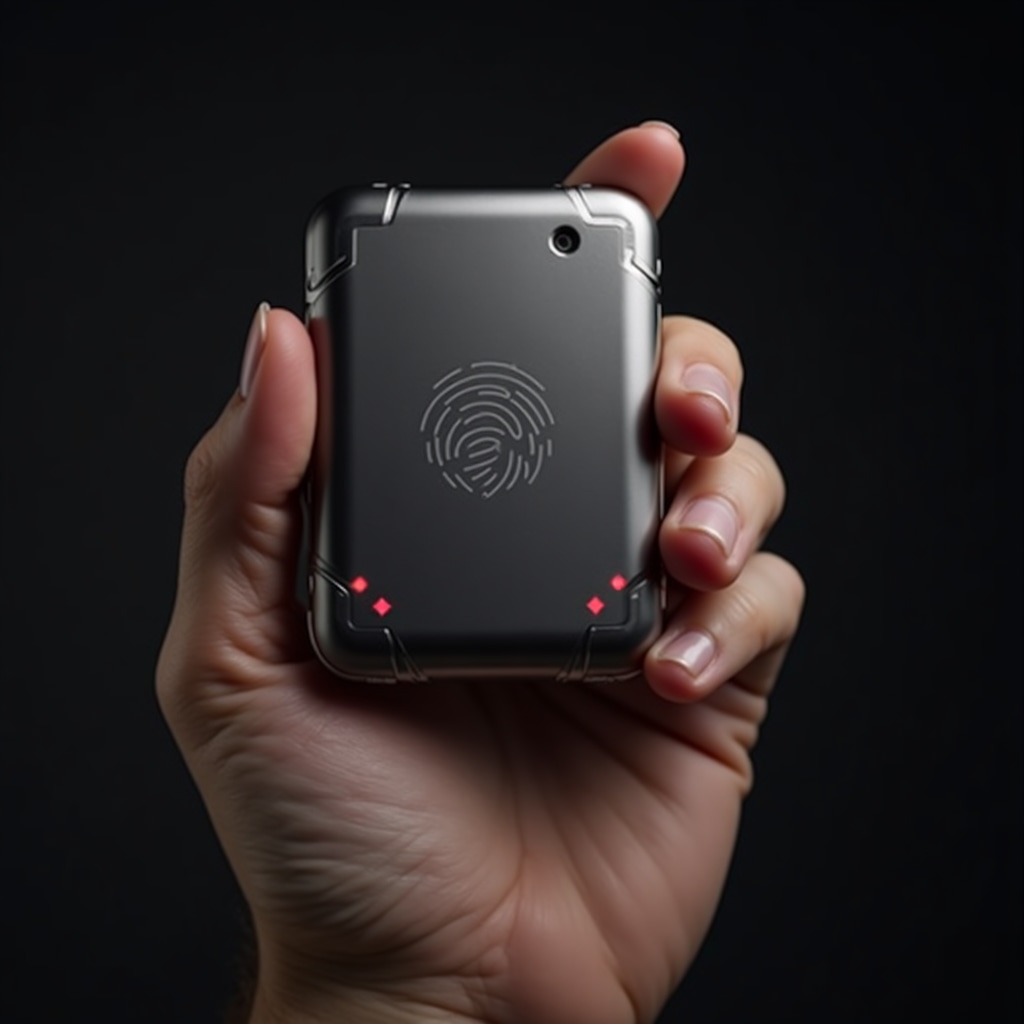
Essential security practices for protecting your cryptocurrencies, including PIN management, recovery phrase backup strategies, and avoiding common security risks.
Read Guide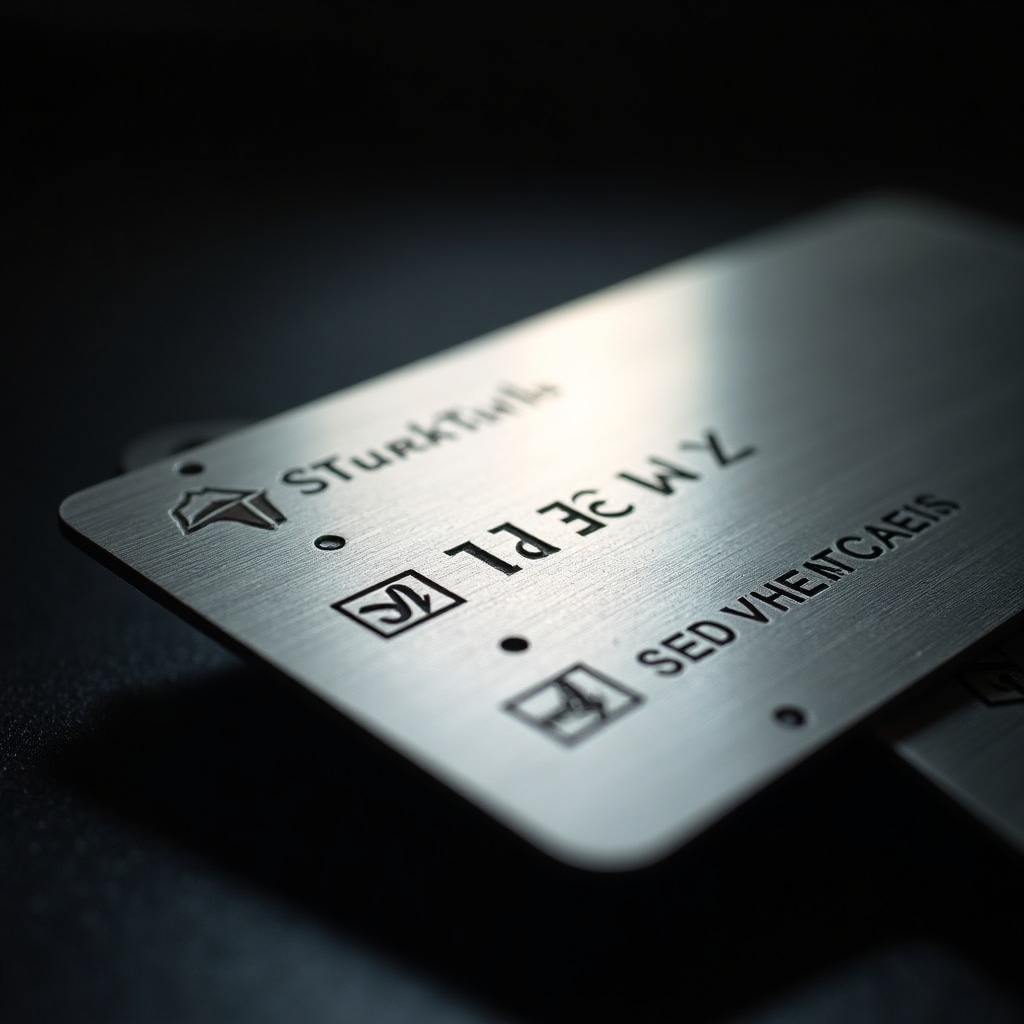
Detailed instructions for creating secure backups, testing recovery procedures, and restoring your wallet in case your device is lost, damaged, or stolen.
Read Guide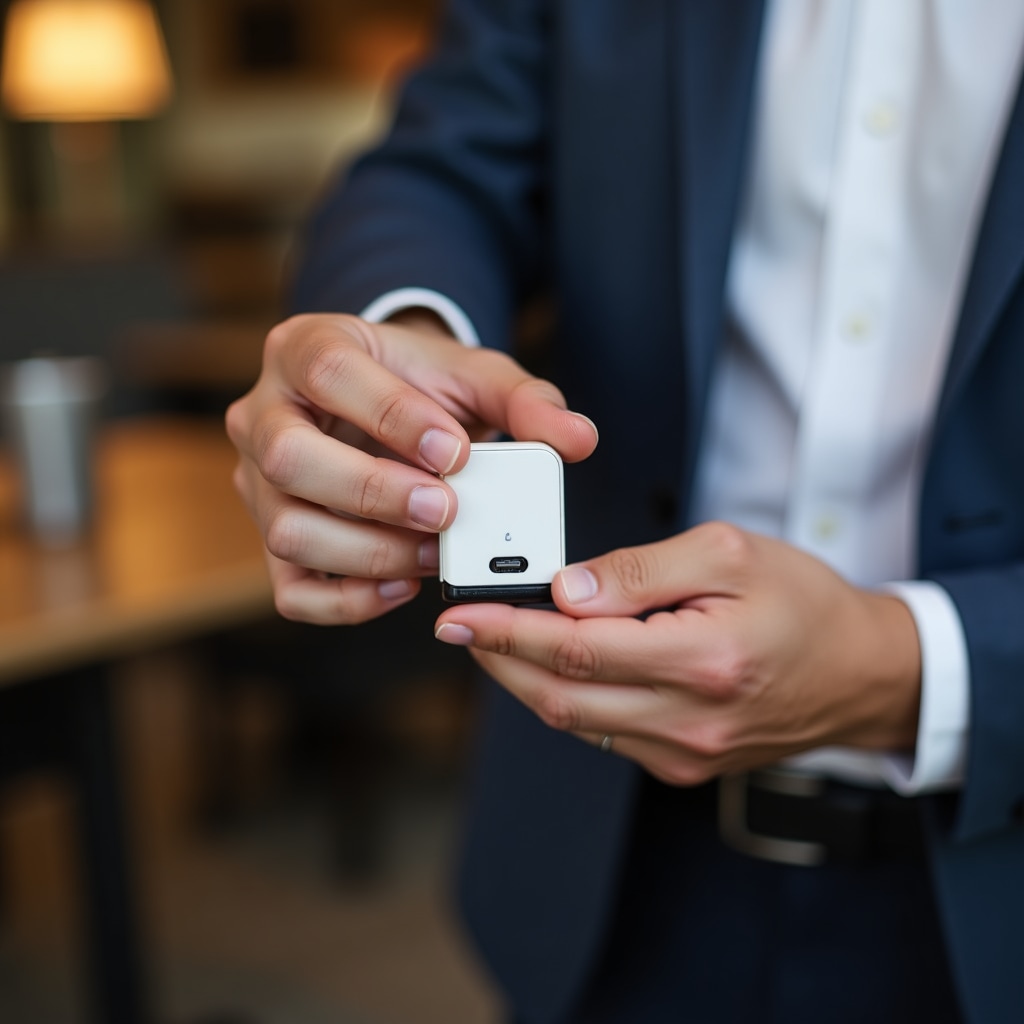
Explore advanced functionality including multi-signature wallets, passphrase protection, Shamir Backup, and other features available on select Penleus models.
Read Guide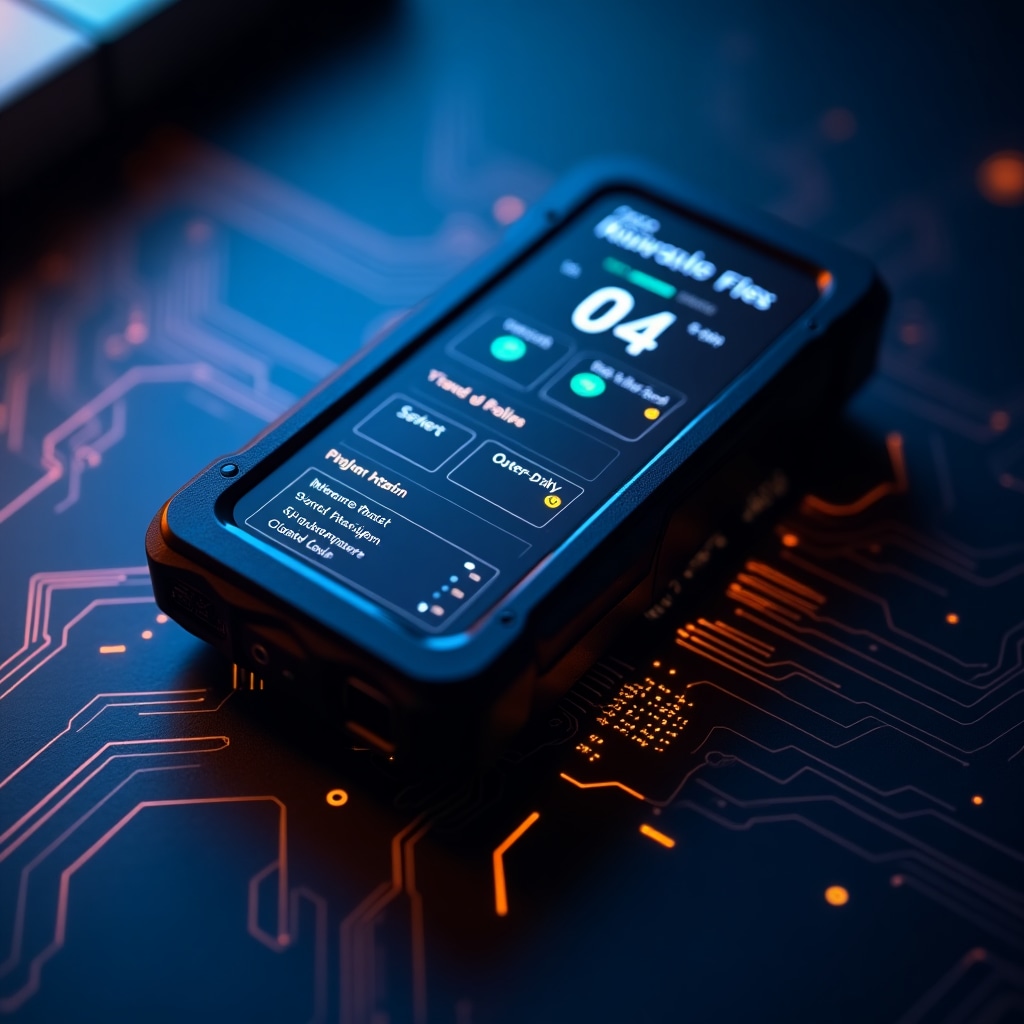
Solutions for common issues including connection problems, firmware updates, transaction errors, and device recovery procedures.
Read GuideNeed personalized assistance? Our support team is ready to help
Our dedicated support team is available to assist you with any questions or issues related to your Penleus device.
Monday - Friday: 9:00 AM - 6:00 PM EST
Saturday: 10:00 AM - 4:00 PM EST
Sunday: Closed
Security Warning: Penleus staff will never ask for your recovery phrase, PIN code, or private keys. Be cautious of phishing attempts.
For urgent security concerns related to your device, please call our dedicated security hotline at +1 (972) 668-6881.
Stay informed about Penleus products, cryptocurrency security, and industry developments

Our latest firmware update introduces additional security features and support for new cryptocurrencies.

Learn essential practices for keeping your digital assets safe in our comprehensive security guide.

Our hardware wallets now seamlessly integrate with several major cryptocurrency exchanges for enhanced security.